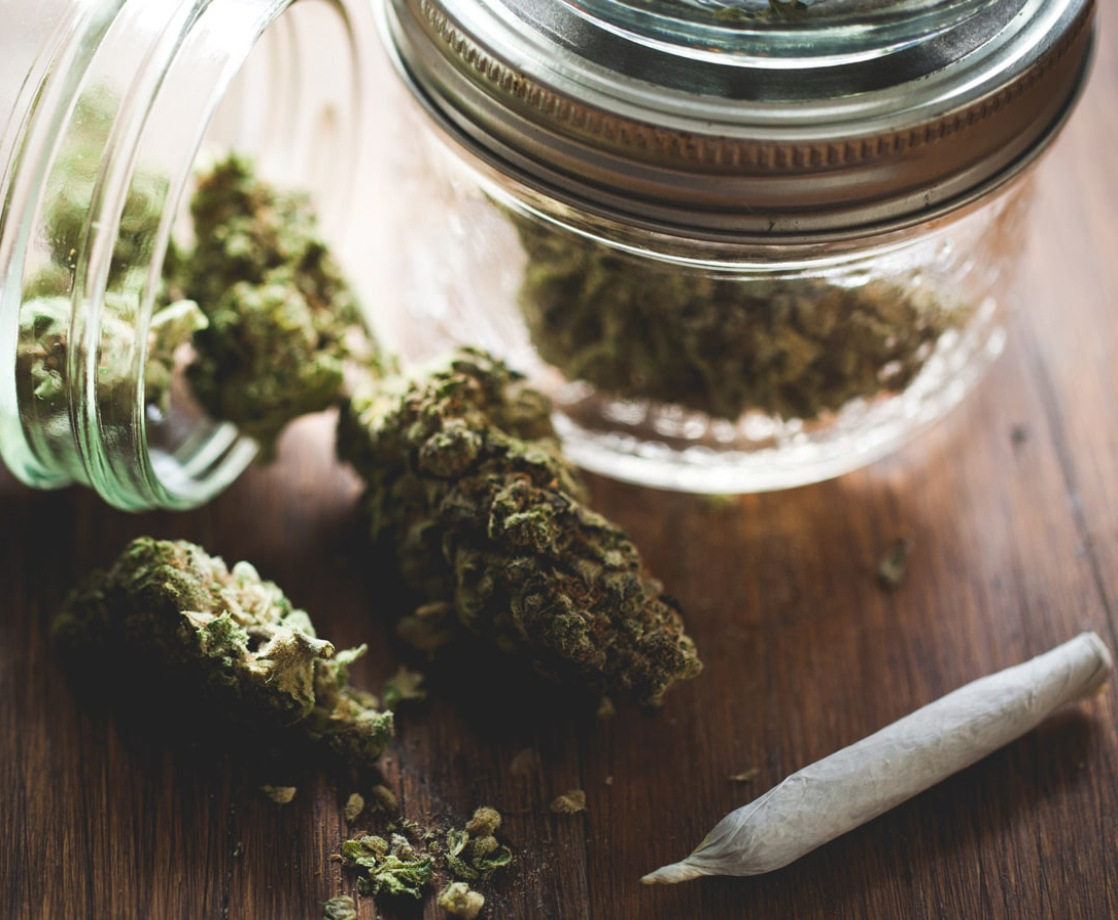Oklahoma’s only 18-months into its medical marijuana program, and it has already become one of the most robust medicinal cannabis markets in the entire US.
In June of 2018, Sooner State voters approved this comprehensive MMJ plan via a ballot initiative on the state’s midterm election. What makes the measure unique is that it doesn’t impose a list of qualifying conditions, effectively allowing any doctor to recommend cannabis to treat literally any medical condition.
Unlike other conservative states, where doctors are typically reticent to recommend cannabis, medical professionals in Oklahoma have proven to be more than willing to grant patients access to this natural medicine. As a result, many dispensaries have launched patient drives with nearby doctors, allowing people to sign up for medical marijuana en masse. In fact, one dispensary even hired a doctor to sit in a bus in its parking lot, allowing patients to sign up for the program onsite.
Last year, state lawmakers passed a “unity bill” to further clarify the medical marijuana laws. “The unity bill stated that no physician would be subject to arrest or prosecution for providing patients with a recommendation for a license,” said Dr. Larry Bookman, president of the Oklahoma State Medical Association, to Oklahoma Watch. “But it also allowed a physician to withdraw their recommendation for a medical marijuana card if they found that a patient was either abusing it or they felt that they no longer warranted that recommendation.”
The ease of access has allowed a record number of Oklahomans to participate in the program. To date, over 220,000 patient licenses have been approved, granting 1-in-13 adults the legal right to use cannabis. The state’s medical marijuana industry has expanded to meet the growing demand, and the Sooner State now leads the country in per-capita medical marijuana dispensaries, with 56 per 100,000 residents. The small town of Edmond actually has more legal dispensaries per capita than Denver, Colorado.
Oklahoma also differentiated itself from other medical marijuana states by establishing relatively low business licensing-fees. “The licenses were so cheap in the state that everybody and their dog got in,” said Jake Chilcoat, executive vice president of CBD Plus USA, to Oklahoma Watch. The state has licensed 4,757 dispensaries, growers, and processors, and regulators are still swamped with hundreds of new business applications.
The strong combination of supply and demand translated into $345 million in medical marijuana retail sales last year — $55 million of which went directly to the state in the form of tax revenue. But, despite the income, Oklahoma politicians have tried to add restrictions to the program ever since it passed. Back in 2018, shortly after voters approved the measure, Gov. Mary Fallin signed a new law that banned smokable cannabis and added major restrictions to the program. The law was overturned almost as quickly as it was passed, after activists sued the state.
Lawmakers are still proposing restrictions to the program, but on a smaller scale. GOP legislators have recently proposed bills that would ban all billboards advertising cannabis and prevent future dispensaries from opening near churches. Another proposed bill would allow the state legislature to have full control over pot tax revenues, in contrast to the current law, which uses this revenue to directly fund the state’s cannabis regulation agency.











